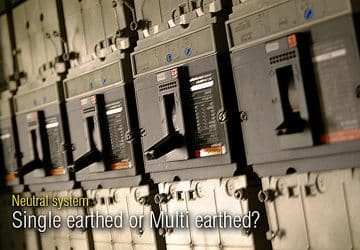Retro perspective 30 years ago: Metal-Clad or Metal-Enclosed MV Switchgear? What to choose?
There are two types of switchgear commonly applied today for switching and protection of in-plant medium voltage (4.16 kV through 34.5 kV) power distribution systems. One is metal-clad switchgear using draw-out air-magnetic or vacuum circuit breakers and relays for both load… Read more
Oct 31, 2011 | By Edvard Csanyi
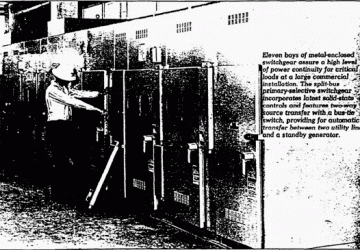
The Importance of the Correct PPE
Whilst awareness of the dangers of arc flash has continued to increase over the last few years, the number of incidents that are still occurring on a daily basis are shockingly high. Arc flash incidents are the greatest threat to… Read more
Oct 29, 2011 | By cgoulds
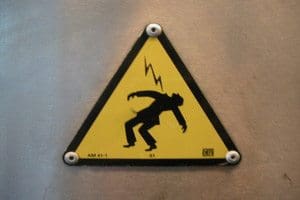
Transformer Testing Techniques
Cant see this video? Click here to watch it on Youtube. Substation transformers can range from the size of a garbage can to the size of a small house; they can be equipped with a wide array of gauges, bushings,… Read more
Oct 27, 2011 | By Edvard Csanyi
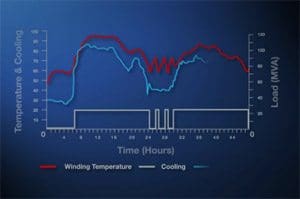
Power Semiconductor Device – Transistor
Power transistors are used in applications ranging from a few to several hundred kilowatts and switching frequencies up to about 10 kHz. Power transistors used in power conversion applications are generally npn type. The power transistor is turned on by… Read more
Oct 27, 2011 | By Edvard Csanyi
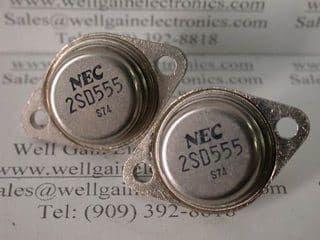
What is the difference between MCB, MCCB, ELCB, and RCCB
This technical article briefly describes the most common breaker-related protection devices in low-voltage applications: MCB, MCCB, ELCB, and RCCB. We’ll describe their main characteristics and limitations and try to solve some misunderstandings and differences that many young engineers mix up…. Read more
Oct 25, 2011 | By Jignesh Parmar
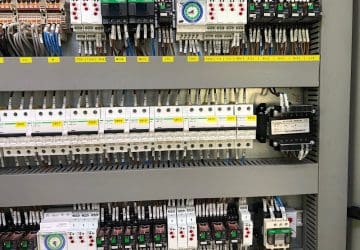
Short circuit protection of generator’s stator windings by overcurrent relays
If current transformers are not connected in the neutral ends of wye-connected generator windings, or if only the outgoing leads are brought out, protective devices can be actuated, as in Figure 1, only by the short-circuit current supplied by the… Read more
Oct 24, 2011 | By Edvard Csanyi

How Low-Voltage Air Circuit Breaker Works?
A low-voltage circuit breaker is one which is suited for circuits rated at 600 volts or lower. One of the most commonly used low-voltage air circuit breakers is the molded case circuit breaker (picture above). A circuit can be connected… Read more
Oct 23, 2011 | By Edvard Csanyi

Forced ventilation cycles in Trihal transformers
Transformers, when in operation, are subject to no-load losses and load losses. This energy causes a rise in the temperature of the transformer’s active part, i.e. the magnetic core and the windings. It is therefore normal for the transformer to… Read more
Oct 22, 2011 | By Edvard Csanyi
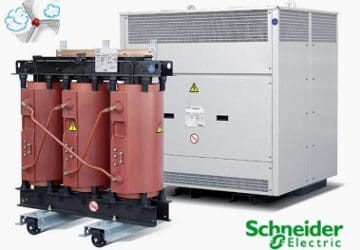
Insulated-Gate Bipolar Transistor (IGBT)
The IGBT has the high input impedance and high-speed characteristics of a MOSFET with the conductivity characteristic (low saturation voltage) of a bipolar transistor. The IGBT is turned on by applying a positive voltage between the gate and emitter and,… Read more
Oct 21, 2011 | By Edvard Csanyi
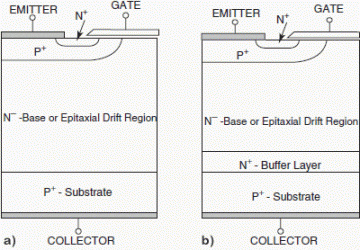
Aluminium or copper busbar trunking? Myth busted!
Following years of copper being the material of choice for high power busbar trunking in the UK, yet aluminium reigning supreme in the rest of the world, Schneider Electric takes a look at the case for aluminium over copper busbar… Read more
Oct 19, 2011 | By Edvard Csanyi

Use Hall Effect Measurements to Characterize Materials
Written by Robert Green Engineers have been using Hall effect measurements to characterize materials since Edwin Hall discovered the phenomenon in 1879. The Hall effect is the generation of a voltage, called the Hall voltage, across a sample of a… Read more
Oct 19, 2011 | By elaina

VISAX – Medium Voltage Metal-clad Switchgear
Wherever electrical power must be distributed and used with maximum availability and reliability, we have the experience and the know-how to offer you the equipment which best meets these needs. To meet today’s demands for quality products, Schneider Electric has… Read more
Oct 17, 2011 | By Edvard Csanyi
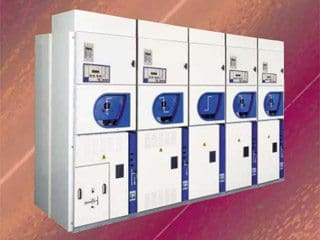
Power Semiconductor Devices – Thyristor and Triac
The thyristor, also called a silicon-controlled rectifier (SCR), is basically a four-layer three-junction pnpn device. It has three terminals: anode, cathode, and gate. The device is turned on by applying a short pulse across the gate and cathode. Once the… Read more
Oct 15, 2011 | By Edvard Csanyi
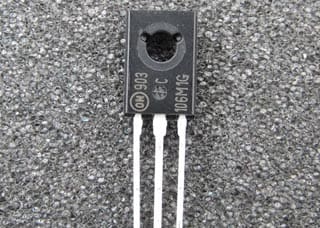
What is the Eddy Current?
Cant see this video? Click here to watch it on Youtube. Eddy currents are currents induced in conductors to oppose the change in flux that generated them. It is caused when a conductor is exposed to a changing magnetic field… Read more
Oct 13, 2011 | By Edvard Csanyi

Neutral system – Single earthed or Multi earthed?
In distribution system three phase load is unbalance and non linear so the neutral plays an very important role in distribution system. Generally, distribution networks are operated in an unbalanced configuration and also service to consumers. This causes current flowing… Read more
Oct 13, 2011 | By Jignesh Parmar
